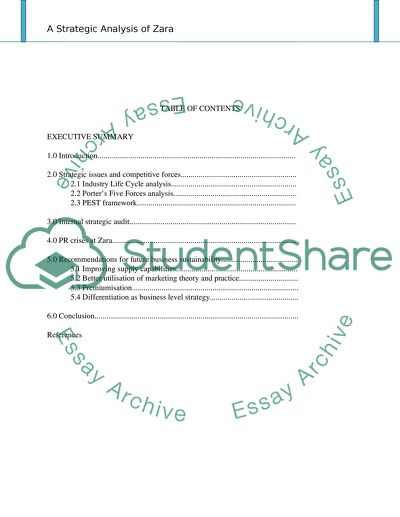Cite this document
(“Zara - The Fast Fashion Leader Essay Example | Topics and Well Written Essays - 4500 words”, n.d.)
Retrieved from https://studentshare.org/marketing/1404369-zara-the-fast-fashion-leader
Retrieved from https://studentshare.org/marketing/1404369-zara-the-fast-fashion-leader
(Zara - The Fast Fashion Leader Essay Example | Topics and Well Written Essays - 4500 Words)
https://studentshare.org/marketing/1404369-zara-the-fast-fashion-leader.
https://studentshare.org/marketing/1404369-zara-the-fast-fashion-leader.
“Zara - The Fast Fashion Leader Essay Example | Topics and Well Written Essays - 4500 Words”, n.d. https://studentshare.org/marketing/1404369-zara-the-fast-fashion-leader.


